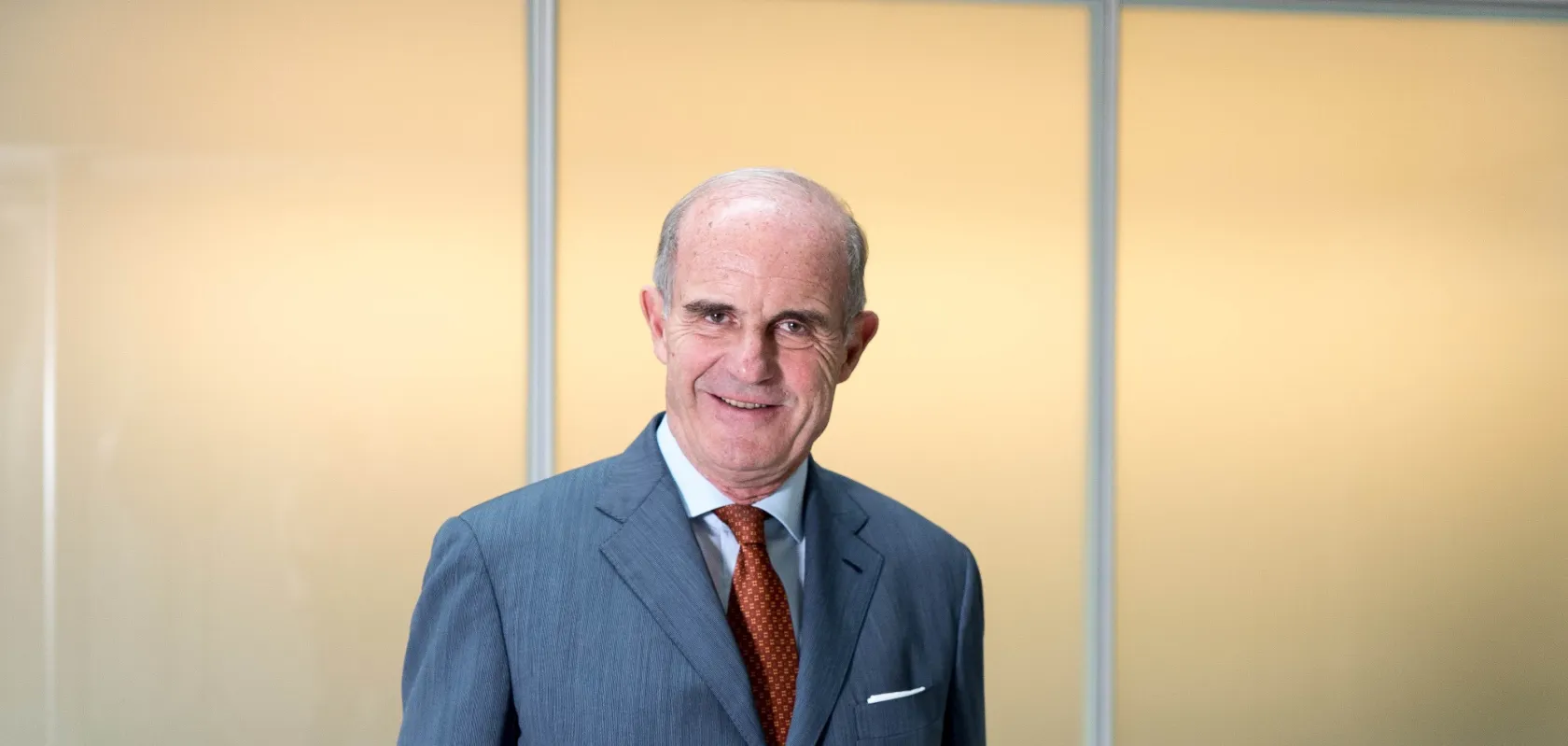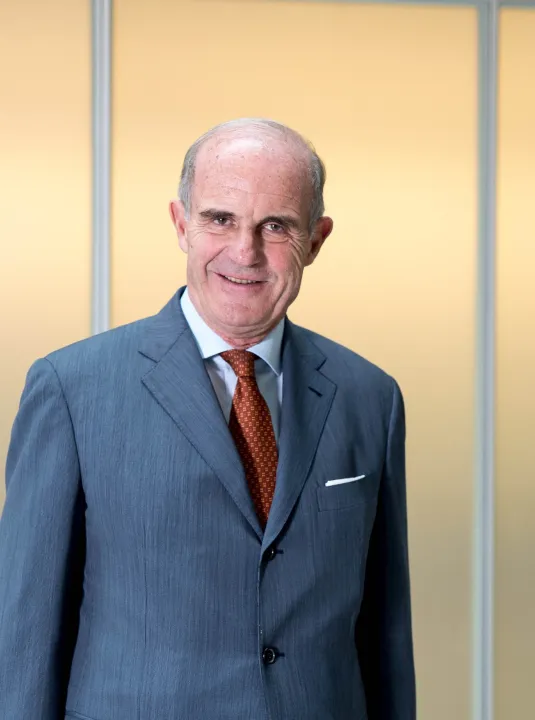
Inflation, the Fed and the US Elections
The latest data show that, in the US, the speed of price inflation – which had grown to over 9% per year since mid-2021 – has now fallen sharply, approaching the target of 2%. The US central bank, the Federal Reserve (the Fed), began to combat inflation late, mistaking it for a phenomenon that would quickly correct itself. It also underestimated the contribution the Fed itself made to the phenomenon, with periods that were too lengthy featuring low rates and too much liquidity.
Fed Rates Against Inflation
In the spring of 2022, however, the Fed began to course correct, raising rates and tightening liquidity. It continued to do so – with increasing intensity and determination – until August 2023, when inflation had fallen below 4%. It then maintained the tightening for another year, starting to reduce rates when it had reached 2.5%.
The anti-inflationary tightening had gone beyond the simple normalization of a policy that had been too expansionary for too long. It had to resist disapproval – albeit limited – within the central bank itself, and stronger criticism in parts of the political world and among financial operators. It was also able to do so because, contrary to what many feared, monetary tightening stopped price increases without harming employment and allowing GDP to maintain an enviable pace of real growth.
Not only that: financial markets also reacted well to the aggressive monetary maneuver, which could have been destabilizing but which caused only the most imprudent intermediaries to struggle. Long-term bond yields increased normally and without excessive strains, and their difference from short-term yields – after becoming negative – has returned to normal in a market that expects substantial stability to prevail.
Stock prices, which could have reacted badly to the sharp rise in the cost of borrowing, have continued to grow: since the Fed's tightening began, the S&P 500 index, for example, has increased almost monotonously from 4000 to 5700. This enhanced the credibility of US monetary authorities, which had weakened after many years of missed targets and the unexpected soaring inflation. That had followed various types of real shocks but also a long period of ultra-expansive policies, suspected low levels of independence and favoring stock exchanges, government and large debtors.
A Pro-Harris Fed?
How does this success of the Fed relate to the prospects of the presidential elections? The question can be articulated in different ways. One can wonder, first of all, whether the apparent victory over inflation and the start of the rate decline will favor President Biden's party at the polls. The question spread when, after resisting calls for hikes considered premature for a long time, the Fed suddenly lowered them by 50 points – twice the normally expected change – just as the competition for the White House intensified.
Federal Reserve Chair Jerome Powell certainly responded drastically to anyone who advanced suspicions of party bias and justified the strength of the move in various ways, including with the fact that rates had remained very high for some time with inflation falling sharply. We must believe him: after having beaten inflation fairly quickly with an acrobatic and unpopular maneuver, losing credibility again by giving in to party partiality would be illogical.
Moreover, Powell's term – which has had Republican tendencies but was reconfirmed by President Joe Biden – expires in 2026 without the chance for a third term. He certainly does not fear that a winning Kamala Harris will suspend him prematurely because he has not lowered rates enough. If anything, he might fear being fired by Donald Trump, precisely for having celebrated the victory over inflation by lowering rates during the election campaign.
Barring the partisanship of the Fed's decisions, the question remains whether its success with inflation – without major sacrifices in growth and employment – will favor the Democrats. Some will certainly appreciate Biden's absence of significant interference in the harsh restrictive maneuver and the advantage to the economy that comes from it, but it will be a limited electorate that is more sophisticated than most voters. For them, the fact that prices have risen significantly will count more than the fact that they have slowed down growth.
The serious inflationary episode, thought it has stopped, has left the considerable mark of a very high cost of living and prohibitive housing costs for many social strata in different areas of the country. Employment is high but often precarious, and wages are low and unequal – despite some notable recoveries in purchasing power during the fall in inflation.
The distribution of income and wealth is very unequal and poverty is widespread. Security, attitudes towards democratic institutions, migration, rivalry with China, healthcare, war or peace in the Middle East and Ukraine: presumably these will be more important issues than inflation and interest rates in guiding votes.
However, it is certain that whoever will be in the White House, economics and finance will be important in the political consensus of the coming years. In particular, among the problems that seem to be underestimated in the pre-election debate but that will end up coming to attention, I would point to two: the US foreign and public debt and budget, and the fragility of the non-bank sectors in the country's financial system.
The US economic cycle has been continuously supported by very expansionary fiscal policies, and government debt has reached record levels that are difficult to refinance without returning to inflation and devaluation. They have also contributed to an increase in external debt, the sustainability of which could be threatened by tendencies to diversify the currency composition of large international financial portfolios from the dollar.
As for non-bank financial intermediaries, investment funds and financial companies of various kinds, their regulation is inadequate and a limiting of the risks of liquidity crises and insolvency along with more prudent and strict management are a long time coming. This must be done while avoiding panic and contagion, including internationally, which could reproduce situations similar to those of the serious "Lehman crisis" 15 years ago. The impression is that too little is being said about this during the election campaign.

